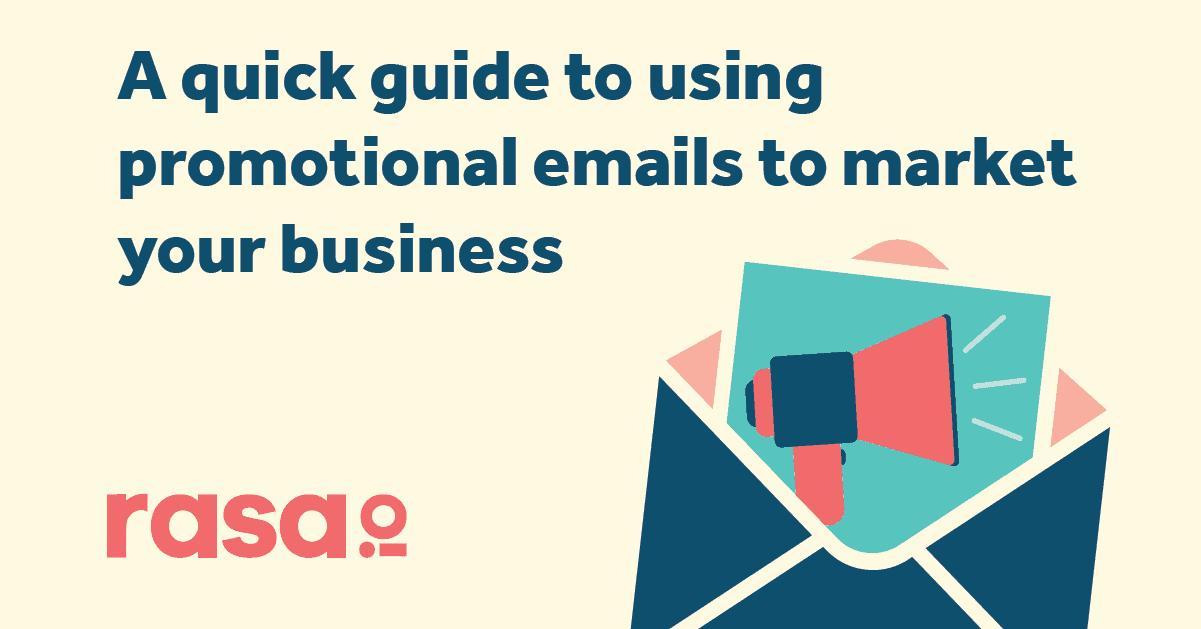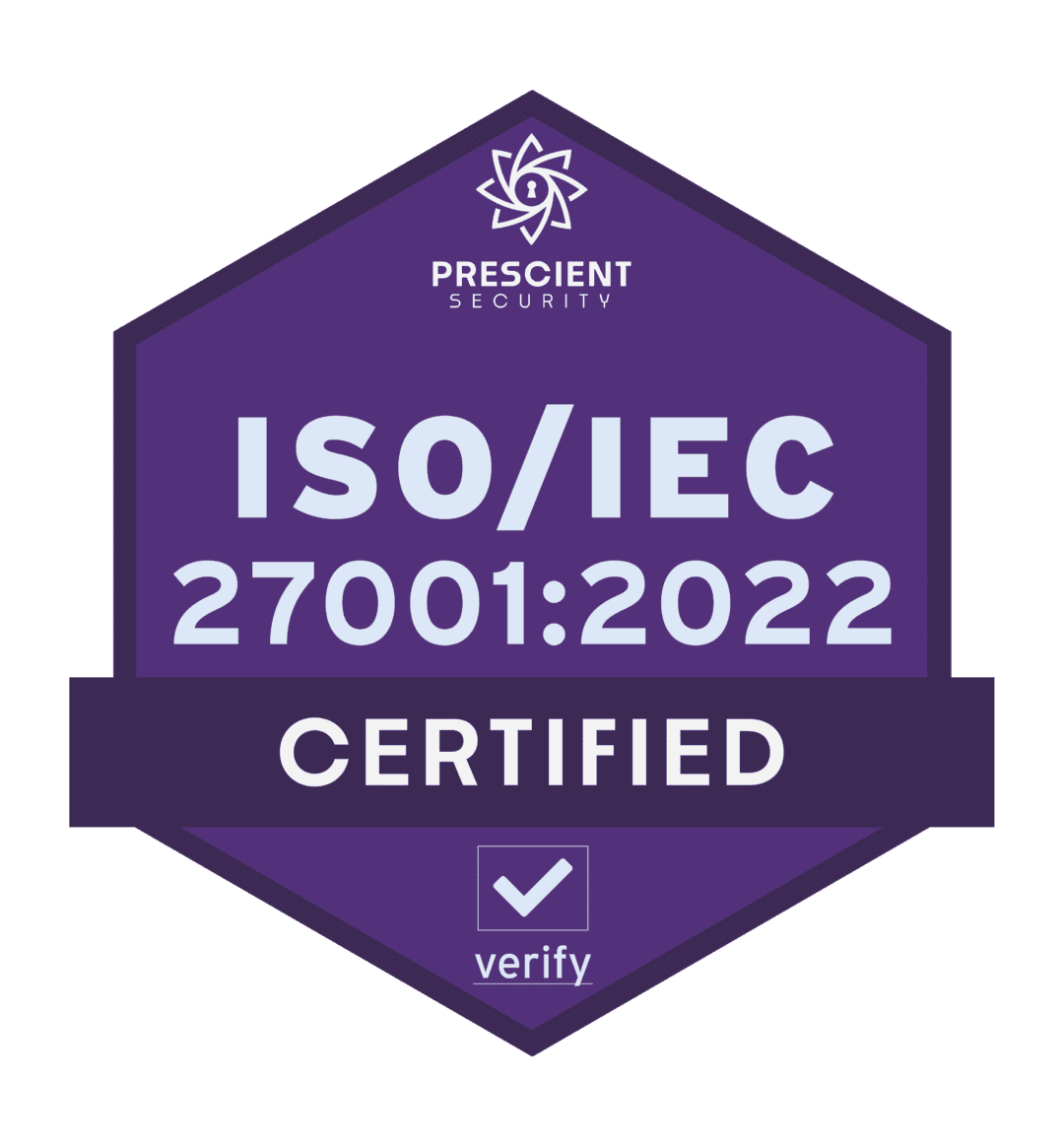There are multiple approaches to writing a marketing email. One of the most recognizable strategies is the promotional email. Promotional emails are exactly what they sound like — emails designed to promote what you do, and make an offer directly to the customers on your email newsletter list. These are the emails that announce a sale, or urge customers to buy a new product or service or attend an event.
When executed well, promotional emails are simple and effective tools in your marketing toolbox. Overdo it, however, and you run the risk of annoying customers. Here are a few tips for when promotional emails come in handy, and how to use them in your company’s email marketing strategy.
When should my business send a promotional email?
Promotional emails are the perfect tool for times when you are looking to offer a product or service to your list of newsletter subscribers and generate sales.
Examples of promotional emails include marketing emails that:
- Announce an upcoming sale
- Share information on a new product release
- Give notice of an upcoming event or webinar
- Offer a trial or upgrade
For example, a florist can use a promotional email to advertise a half-off sale on roses or offer a coupon on ready-made arrangements ahead of Valentine’s Day. A bank can promote a new $100 cash offer to prospective customers who open a new checking account.
Remember, a promotional email has to include an offer, something you are giving to the customer in exchange for them taking the time to click on and read your message. If you are repeatedly sending promotional emails with no offers, you are going to lose trust among customers and lose subscribers. Don’t be that business.
Why should my business send a promotional email?
For one, customers want to receive them. Three-quarters of email users surveyed by the Data & Marketing Association in 2019 said they liked being sent discounts and offers. A solid promotional email will spark sales.
Thoughtful promotional emails can also serve a broader branding purpose. They let customers know what your company is doing to meet their needs, and better serve them. That leads to better customer retention and brand loyalty.
How should my business use promotional emails?
Using promotional emails effectively is all about balance. The goal is to target the right set of customers with the right offer at the right time. You don’t want to barrage customers with the same offer multiple times or send them an offer they can’t use, for example, a discount code on a product or service they’ve already paid full price for.
Here are tips for strengthening your promotional email strategy.
- Segment your emails. Segmenting means targeting a specific group of customers on your email list with a specific offer, rather than blasting your whole email list. This is important in making sure your offers are reaching the customers most likely to find it valuable. For example, a discount offer on a first purchase is more likely to resonate with your newest email subscribers, rather than your long-time subscribers.
- Include an expiration date. Put an expiration date on any offers included in your promotional campaigns, and mark it clearly in the email. This introduces a scarcity to your offer and urges customers to take action.
- Spend time crafting your subject line. An attractive email offer means little without an eye-catching subject line. Make the subject line short, but direct and include key information about the offer and the timeline of the offer. For example, “Enjoy $15 off every $60 spent in April” is more clear and direct than “Great offer inside.” Also, use capital letters in your subject line sparingly.
- Get creative. Don’t limit your promotional emails to discounts and sale announcements. Consider offering a checklist, guide or other downloadable tool to engage your users. For example, a real estate agent can offer a downloadable guide for increasing the value of your home.
Remember, promotional emails are just one type of marketing email in your toolkit.












